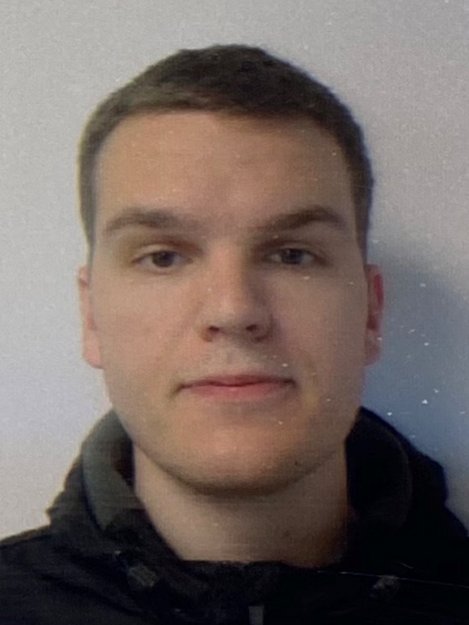PhD student Lasse Knudsen receives funding for ALS project
CFIN PhD student Lasse Knudsen has received funding from both Aage og Johanne Louis-Hansens Fond and from Dansk Selskab for ALS for his project: "Upper motor neuron function in ALS patients with upper limb paralysis as evaluated with layer-dependent fMRI".


The Aage og Johanne Louis-Hansens Fond has granted Lasse Knudsen DKK 165,000 and the Dansk Selskab for ALS has granted the same project DKK 50,000.
About the project:
Amyotrophic Lateral Sclerosis (ALS) is characterized by neurodegeneration of both upper motor neurons (UMN) and lower motor neurons (LMN) (Hardiman et al., 2017). UMN are located in the motor cortex and project to LMN in the spinal cord. LMN constitute the alpha motor neurons which project to and activate skeletal muscles. As a consequence of degeneration, ALS patients suffer from progressive muscle weakness, motor dysfunction and finally death due to respiratory failure or respiratory infections (Rossi et al., 2014). LMN deficits are relatively straightforward to assess clinically by use of clinical tests and electromyography (EMG). Conversely, signs of UMN involvement, including muscle weakness, spasticity, hyperreflexia and loss of fine motor control are often challenging to find and study, the main reason being a lack of methodology and that UMN symptoms are masked by LMN degeneration which eventually leads to full paralysis (De Carvalho, 2012; Swash, 2012). Post mortem studies indicate that even at late stages of the disease all UMN are not necessarily lost (Brownell et al., 1970; Maekawa et al., 2004; Nihei et al., 1993; Pamphlett et al., 1995), and in some cases no depletion was found at all (Gredal et al., 2000; Toft et al., 2005). However, due to methodological challenges, the functional intactness of UMN in the primary motor cortex (M1) of paralyzed ALS patients is largely unstudied, which we set out to do in the present project using high resolution functional MRI (fMRI).
fMRI is a technique used for non-invasive recordings of activation in the human brain. In recent years, hardware and analysis improvements have enabled fMRI measurements with submillimeter resolution, enabling testing of hypotheses at the scale of cortical layers (layer-dependent fMRI) (Bandettini et al., 2021). This is particularly valuable in ALS as the degenerating UMN are selectively located in deep layers of M1. Layer-dependent fMRI thus provides a window into the specific part of the brain that houses UMN and thereby a unique opportunity to study their functional intactness non-invasively – something that has not been possible until very recently. Routine use of layer-dependent fMRI for scientific purposes has only been around for about five years and is yet to be applied to investigate patients with ALS. Our group recently demonstrated the ability to obtain robust layer-dependent activation profiles from M1 in healthy subjects using widely available 3T MRI scanners, and we are now ready to apply the setup to study the previously “hidden” UMN in ALS.
Accordingly, the purpose of the present project is to test whether ALS patients with complete upper limb paralysis (late patients) have significant fMRI responses in the deep layers of M1 during attempted finger tapping. A significant deep layer response would be suggestive of an intact ability of UMN to produce corticospinal output (Beckett et al., 2020; Huber et al., 2017; McColgan et al., 2020; Persichetti et al., 2020), which fails to produce overt movement due to subcortical deficits in this patient group. We also plan to include a passive movement condition, which as opposed to the attempted movement task, allows for direct comparison of responses between patients and healthy controls thus providing clues of the general functional intactness of M1 in patients relative to healthy controls. We will further recruit recently diagnosed ALS patients with limited or no motor impairments (early patients) to assess the influence of disease progression on sensorimotor fMRI signals. We hope the results will provide important insights into the pathophysiology of ALS and aid the ongoing development of methods to assess UMN function in scientific and clinical settings. Deepening our understanding of UMN function may further be a critical step in improving Brain Computer Interfaces used to assist patients with ALS in everyday life and improve life quality.
CONGRATULATIONS.
